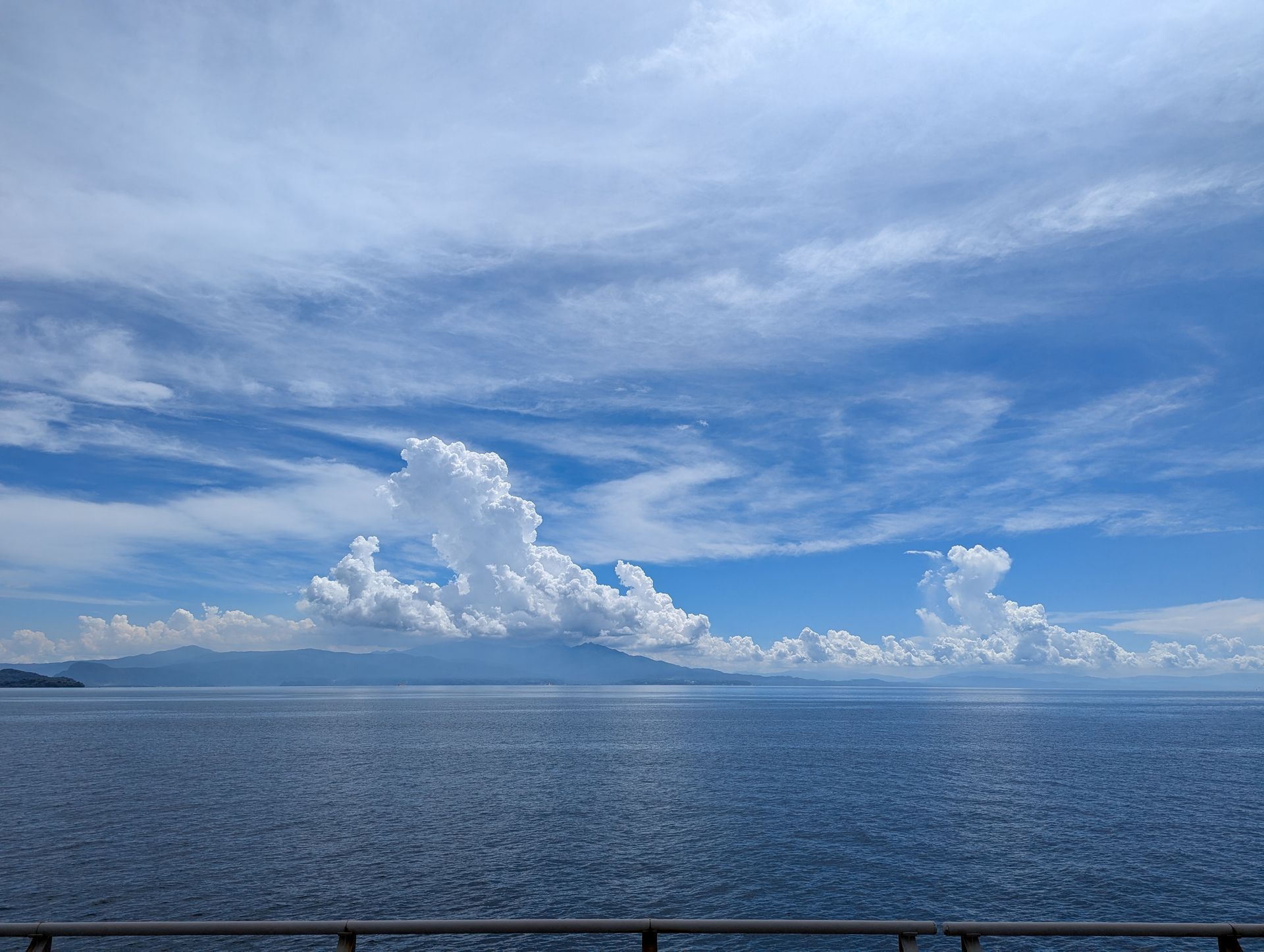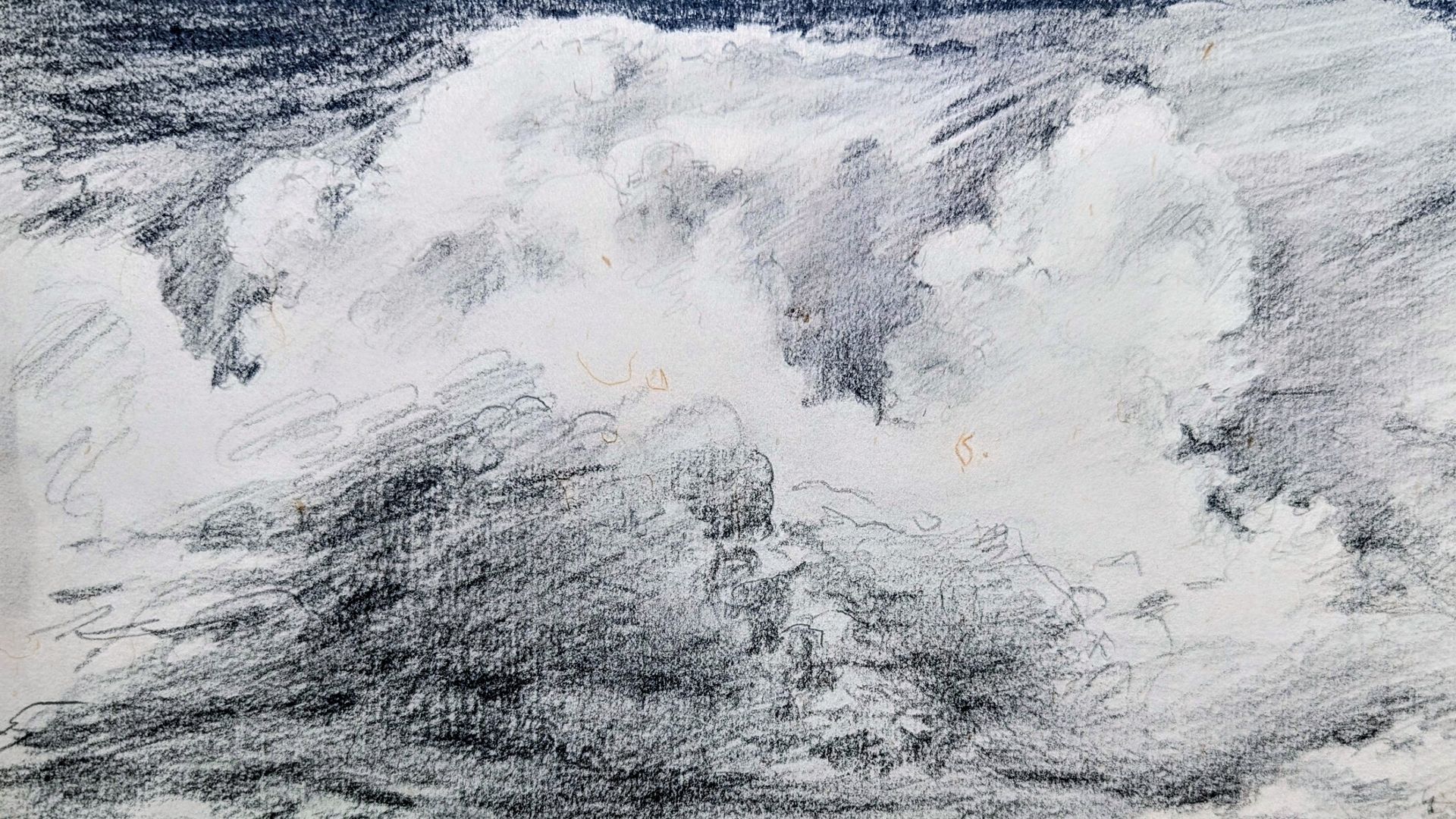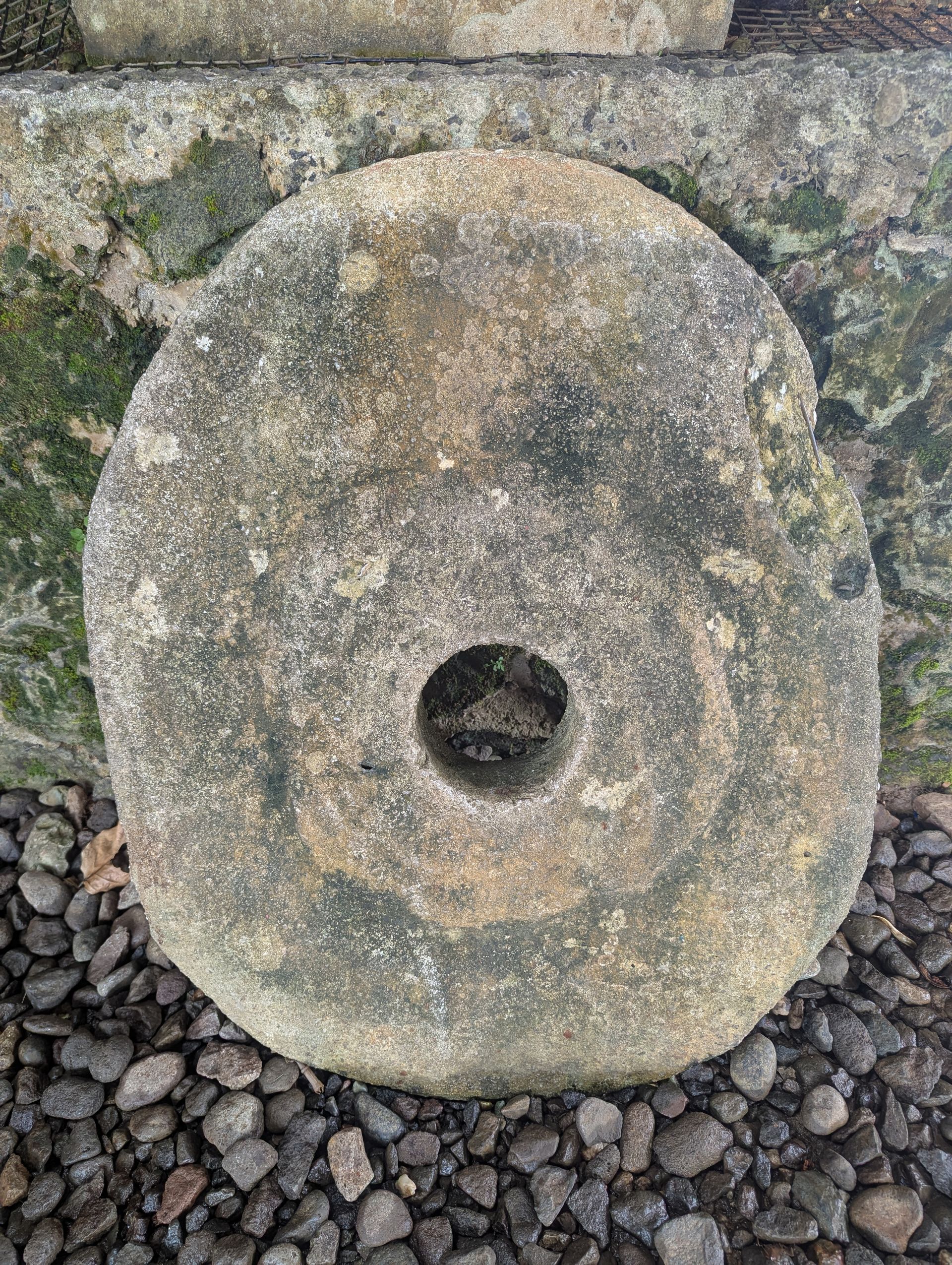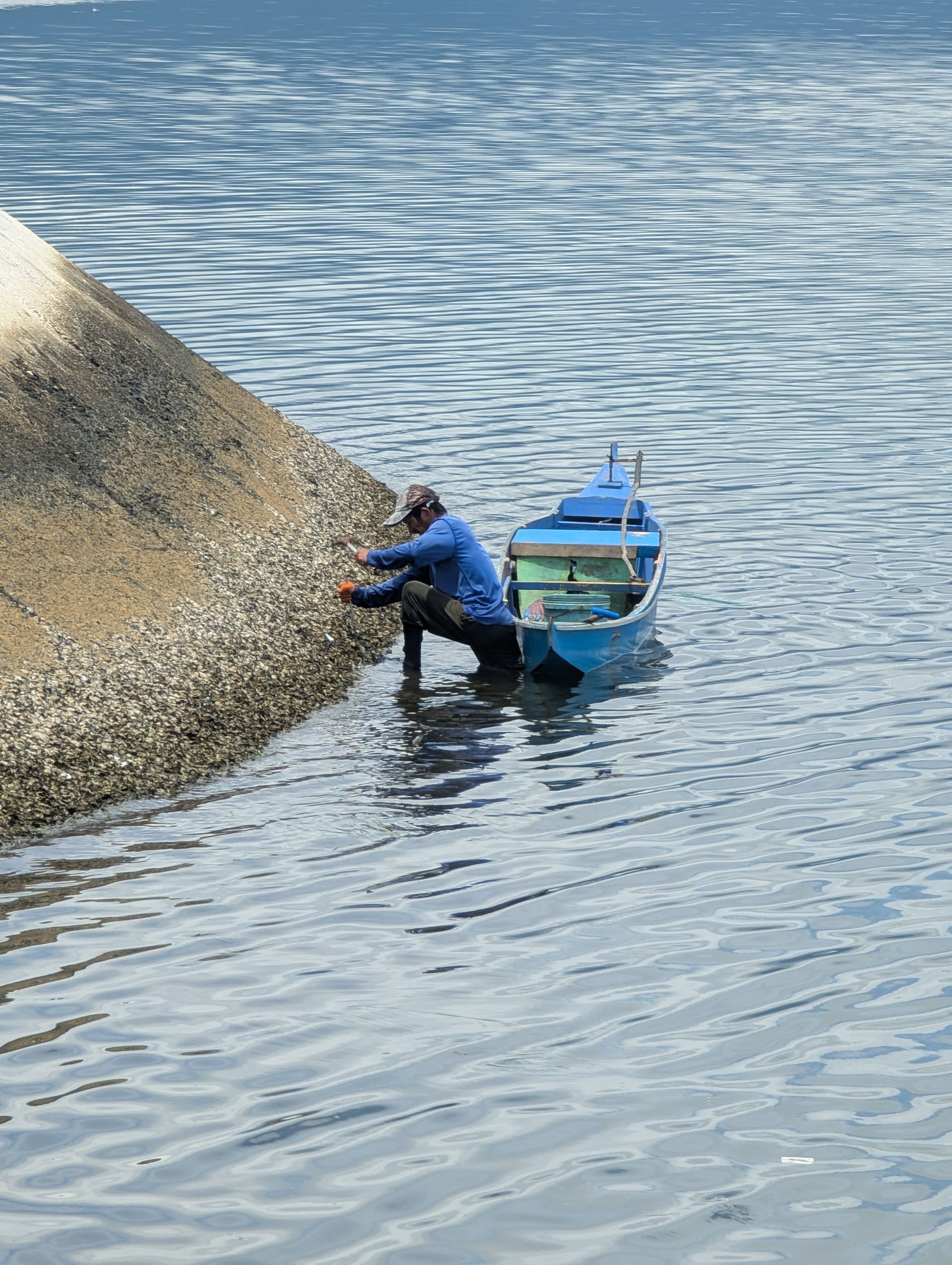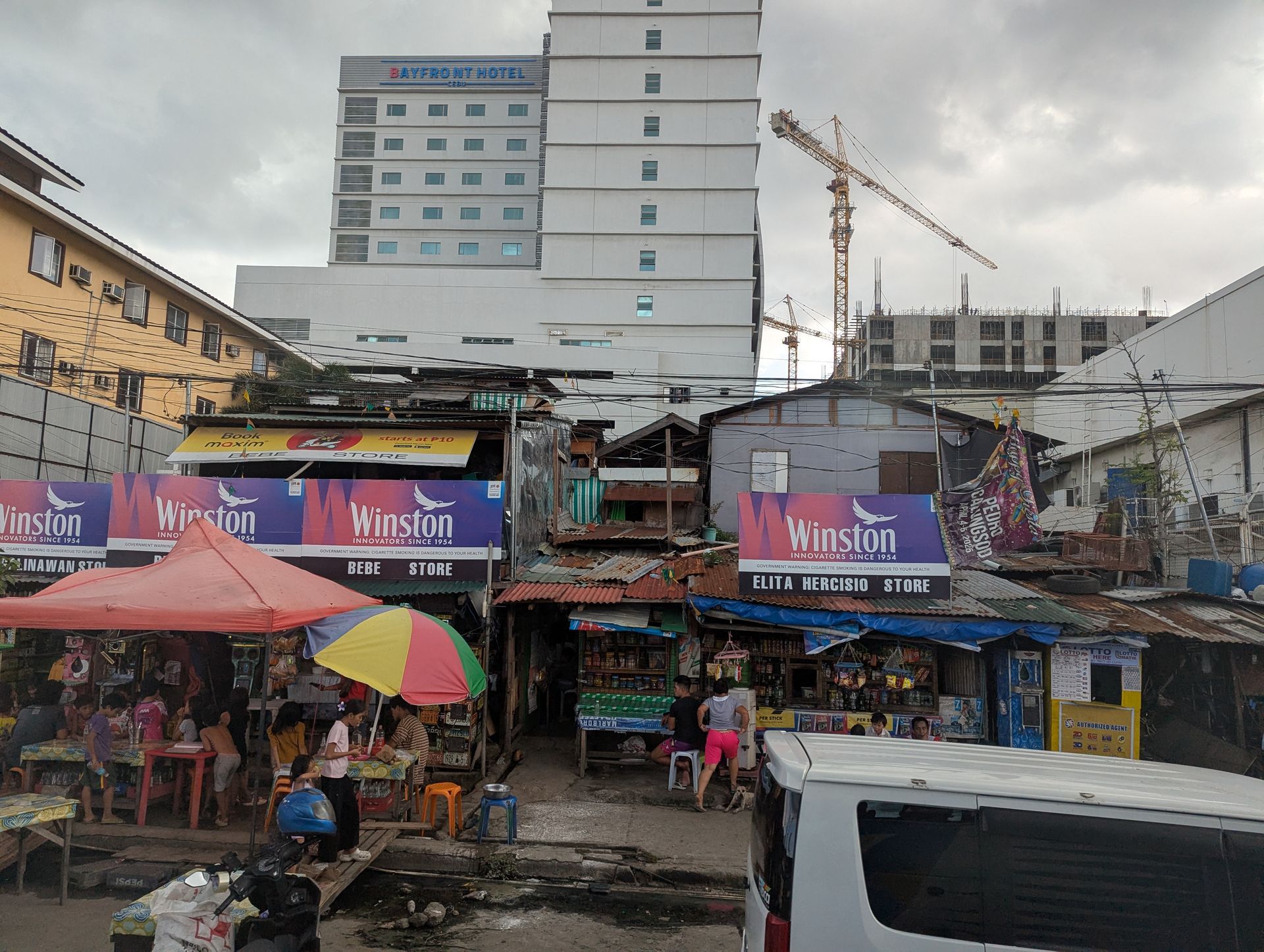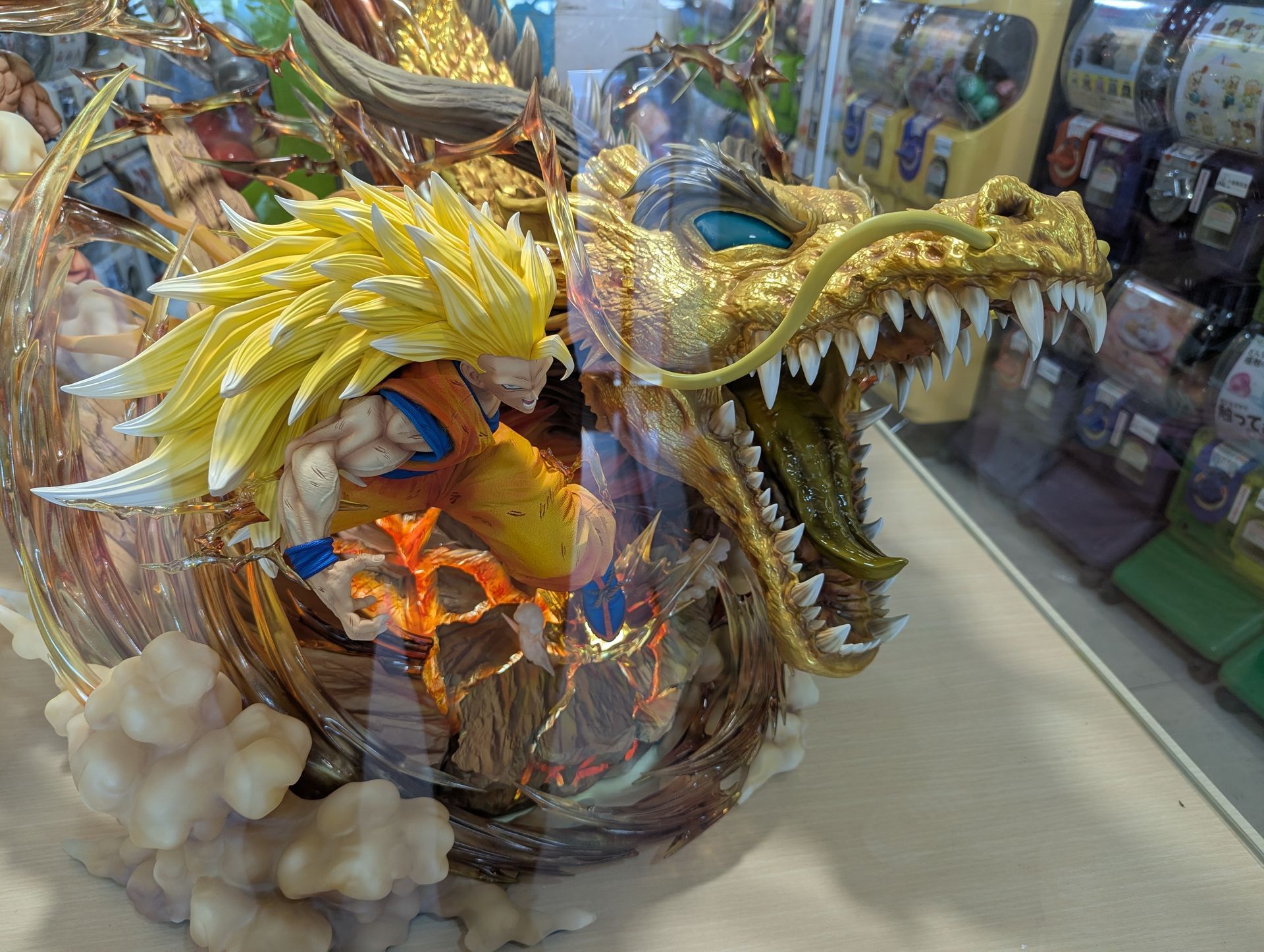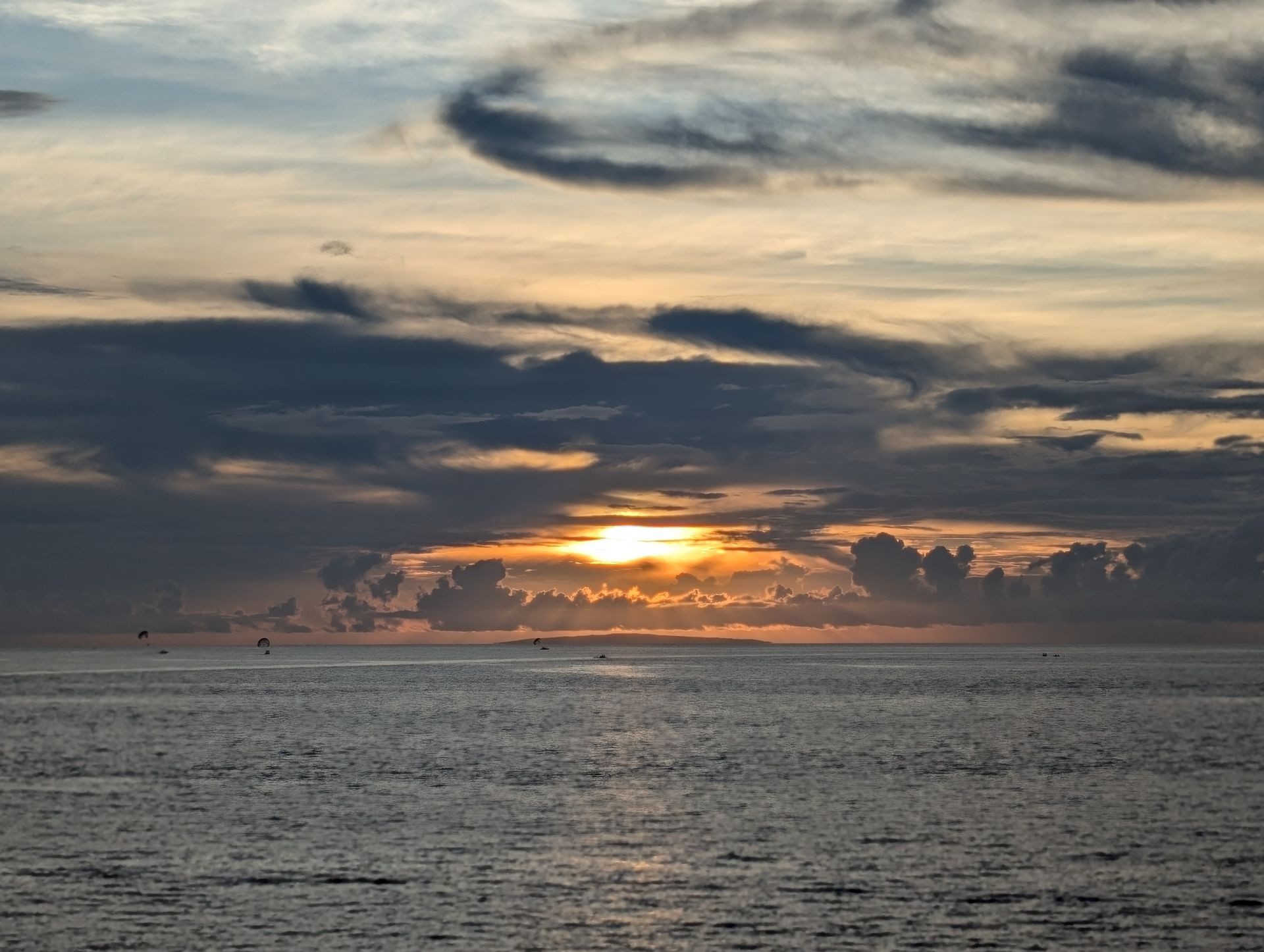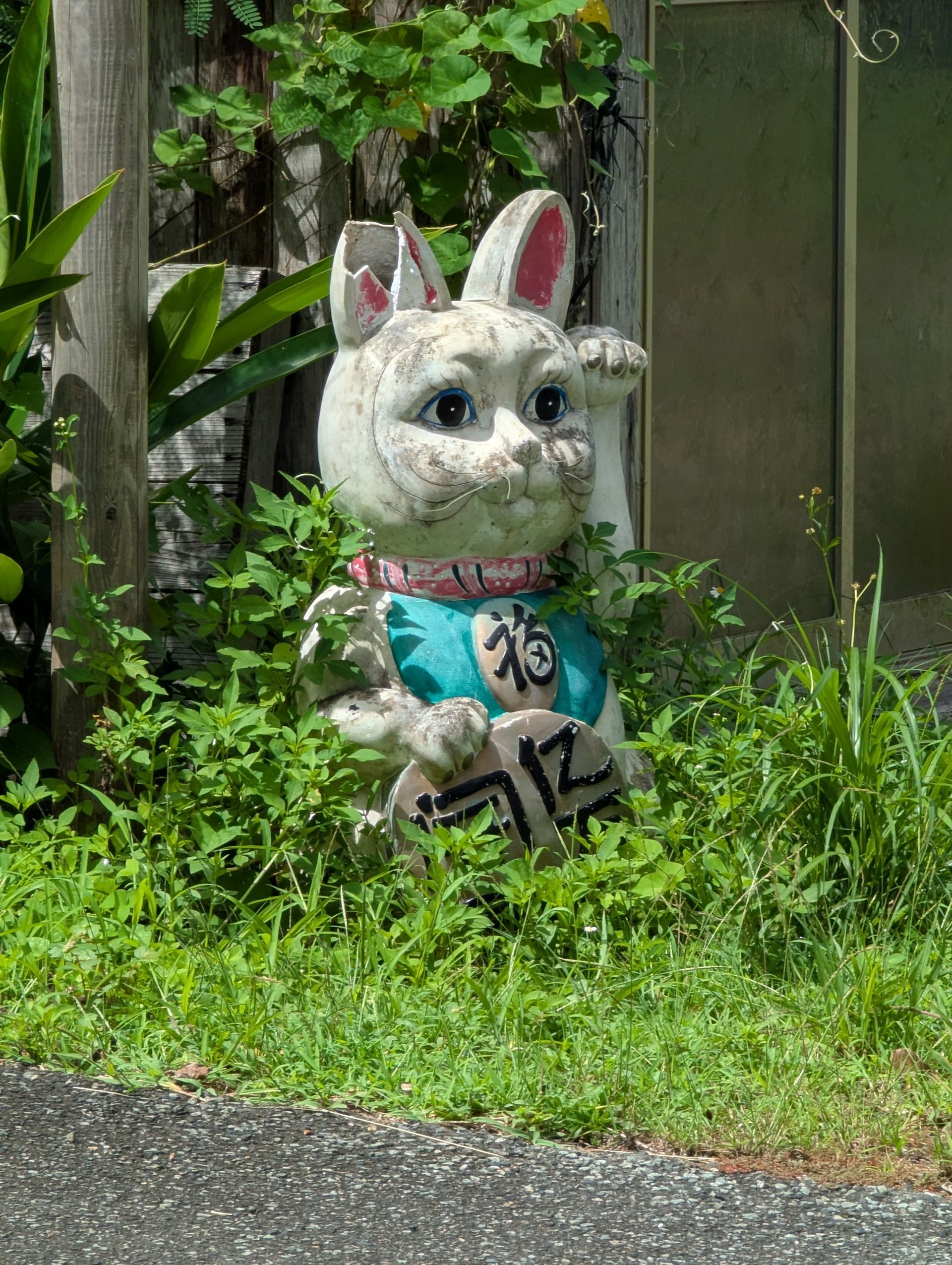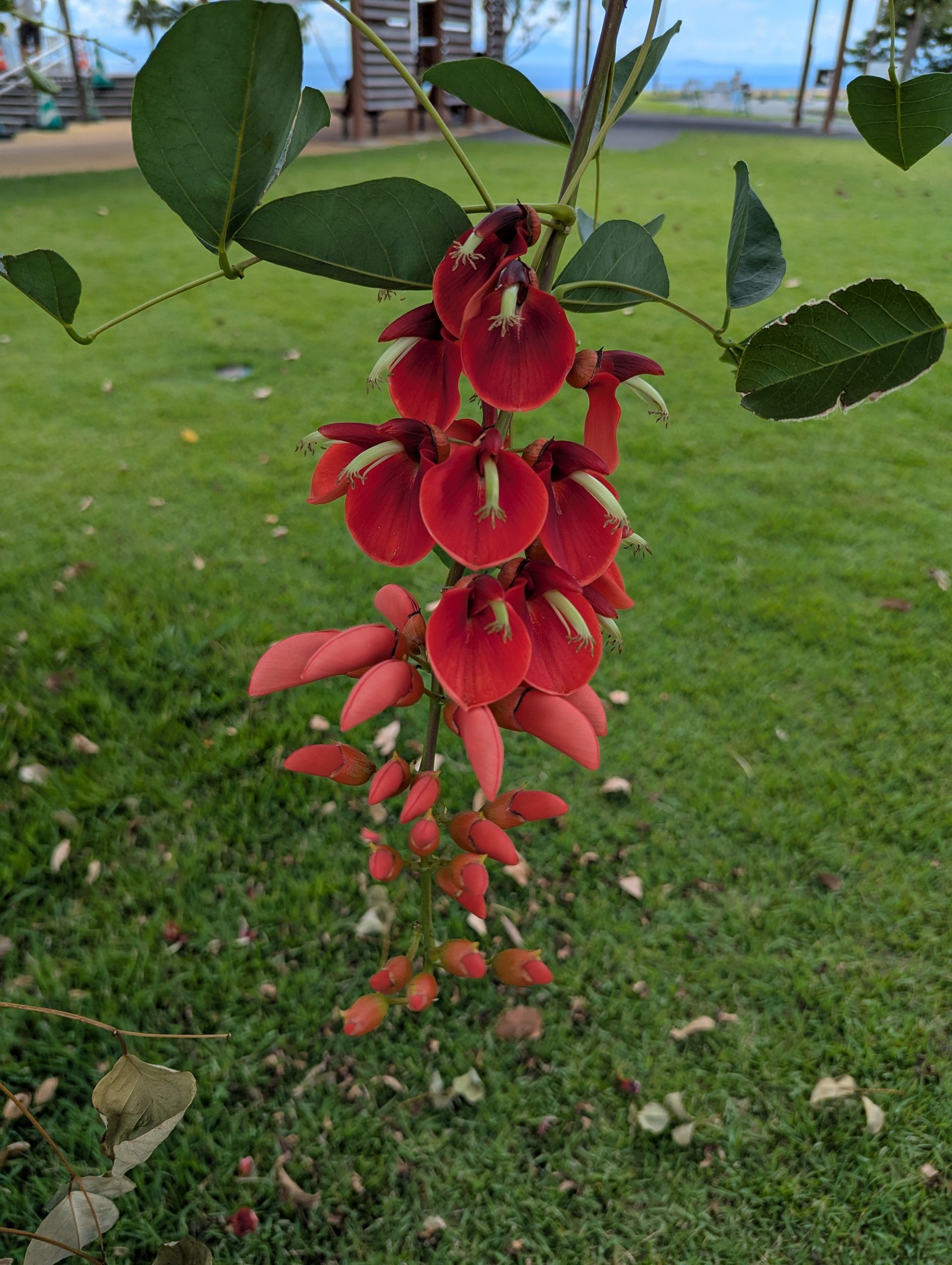What Is Work?
When we think of work, we often think of the hours we spend from 9am to 5pm at the office (or, if you’re like many people after the pandemic, at home in front of a computer). But is that really the only “work” that we do? What about the hours we spend taking care of our kids, volunteering, and more? Work shouldn’t be solely defined as what you do to earn money. It can come in many different forms.
The Ghost Economy
We often think that our economy relies solely on what people do to earn money. And while it does rely heavily on the 9 to 5 workers, it also relies on a “ghost economy.” This is the work that we do on a daily basis for free. This could include volunteerism, housework, daycare, home schooling, errands, and more. No one pays us to clean the kitchen or pick our kids up from school, yet these are all tasks that we need to do and take time out of our day.
The Toll the Ghost Economy Takes on Us
In many cases, the work we do for the ghost economy is more stressful and time-consuming than the work we do in the office. Think about how many hours you spend taking care of your kids or cleaning up the house. Now, compare that to the hours you spend at work. Chances are you’re spending more time on these activities than you are on what actually pays your salary.
Now, we all love to take care of our kids or do some volunteer work. Nevertheless, many of these activities add a lot to our plate, both emotionally and financially. Raising kids or doing housework takes a lot of time and money to complete. As such, we not only become stressed over how much we have to do, but also how much money we have to spend.
What We Can Do
The work we do for our family or our home is obviously essential. So, what if we could be rewarded for doing these activities to help lessen the financial burden? A parallel currency such as Energy Currency could help to meet these basic needs. Not only that, but it could help our current economic system become less wasteful, less expensive, and more. Contact Renew the Earth today to learn more about our Energy Currency system.
